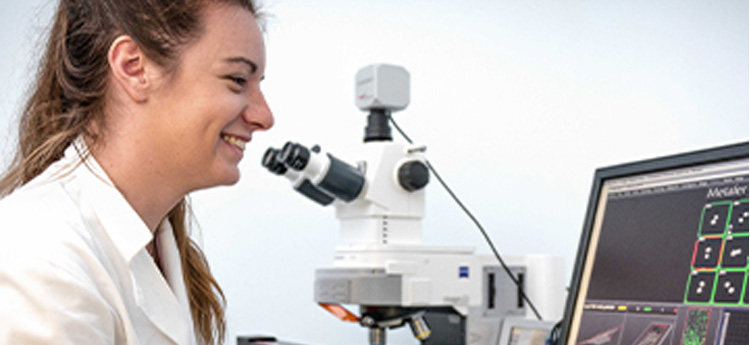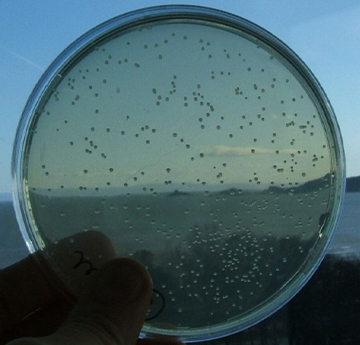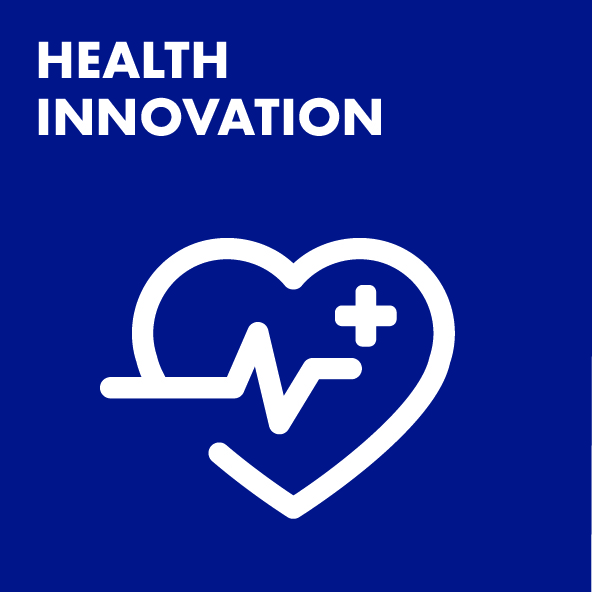The Challenge
Every year fungal disease across the world cost the agricultural industry billions in destroyed and damaged crops. In medicine the human burden of fungal disease is comparable to TB or malaria. There is in agriculture and medicine a problem with antifungal resistance and potential for effects of use in agriculture impacting human pathogens.
In antifungal discovery the mode of action and selectivity are vital issues determining the ultimate success of a drug or fungicide including its wider impact in toxicology studies.
The aim was to work with the agrochemical multinational company BASF as their global partner of choice in fungicide discovery which would stop the growth and/or kill the fungal disease in agricultural crops whilst not inhibiting processes within the plant.
In medicine we worked with Mycovia Pharmaceuticals to identify mode of action and selectivity for their novel candidate drug used initially for recurrent thrush. This occurs in 5-8% of women and was approved for use in April 2022. Working with Pulmocide Ltd we identified the mechanism of action of their novel chemical Opelconazole that is approved for administration directly to lungs of lung transplant patients with the life-threatening fungal disease aspergillosis.
These impacts were also supported by the ERDF BEACON project funded by Welsh Government/ EU.












